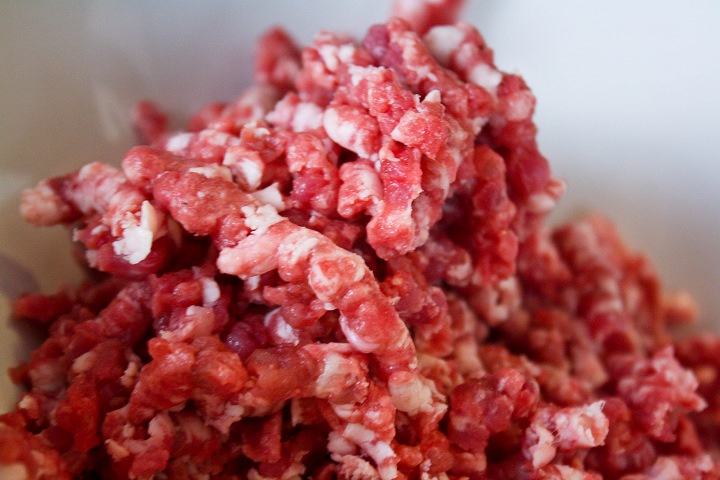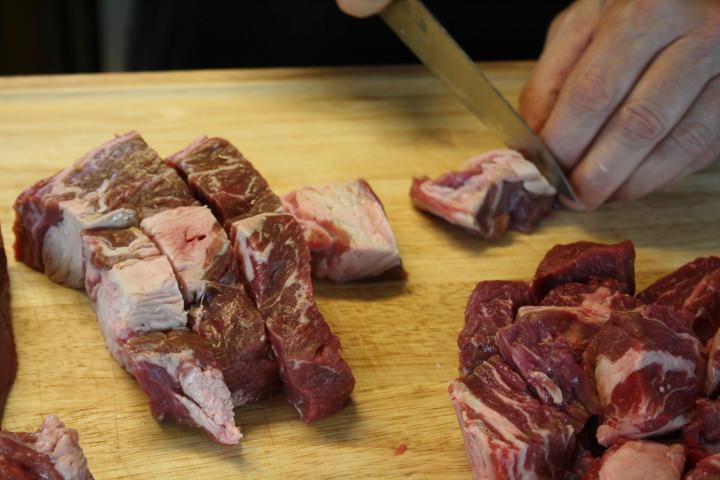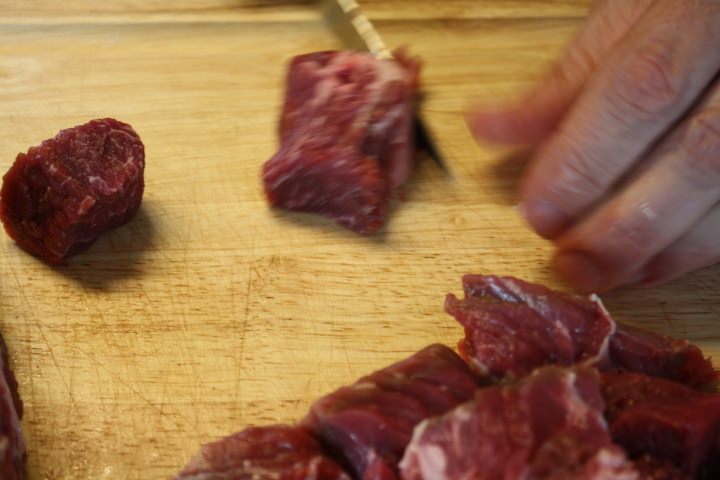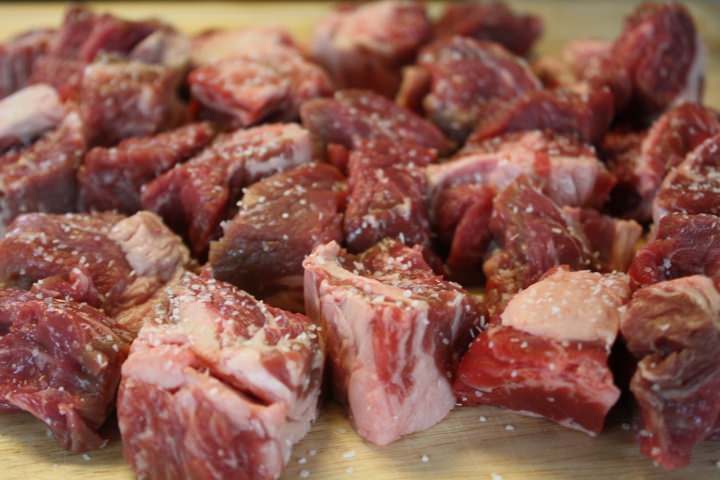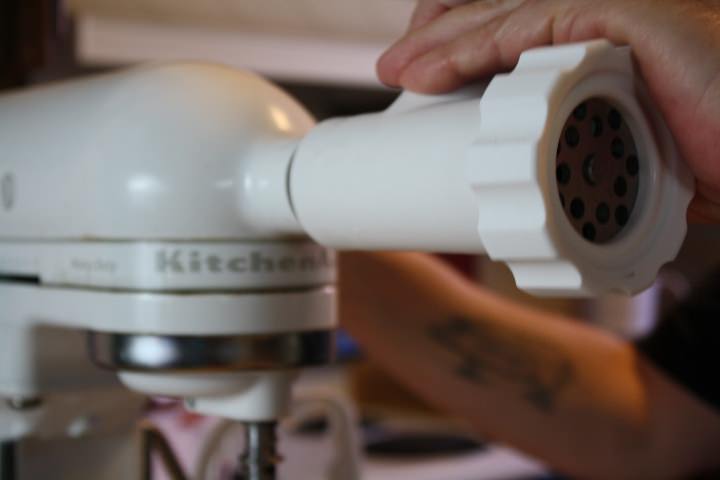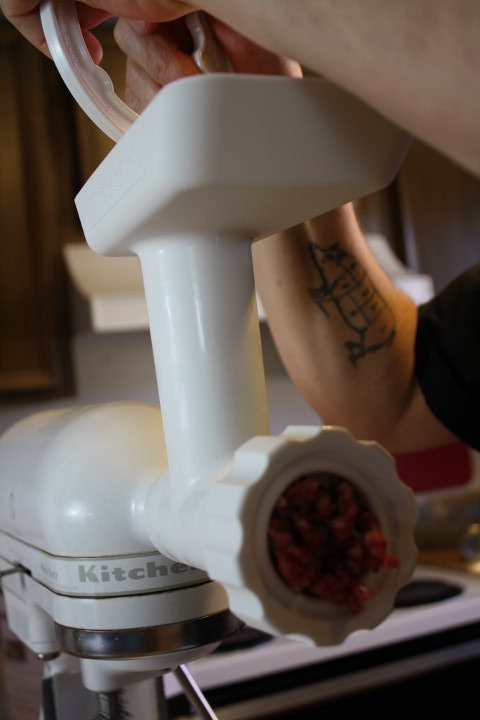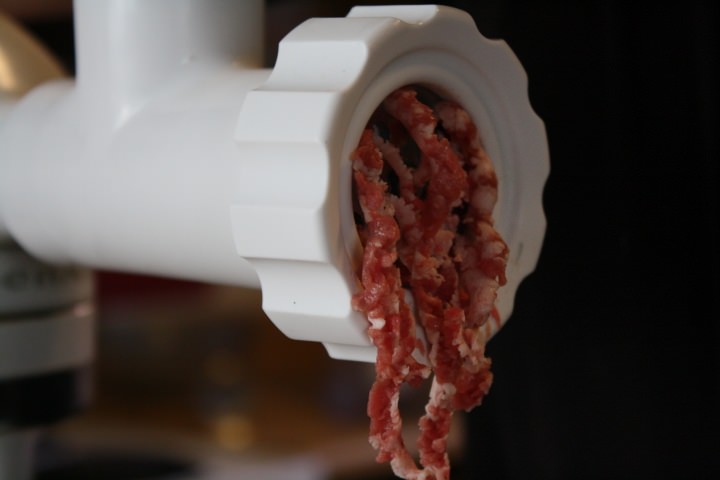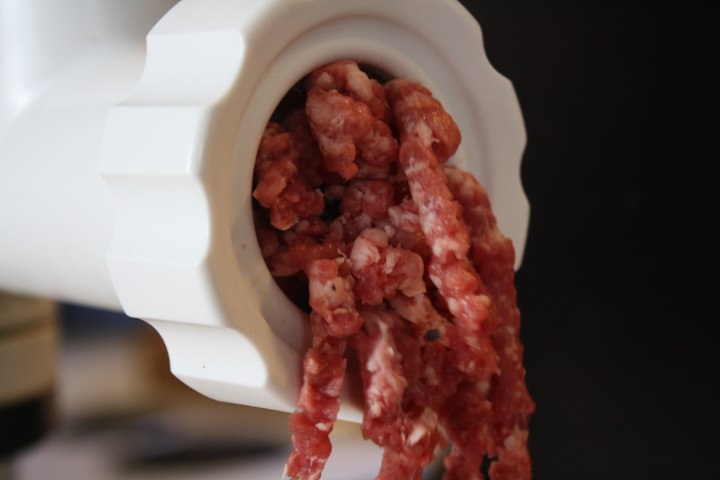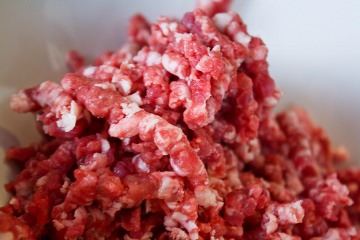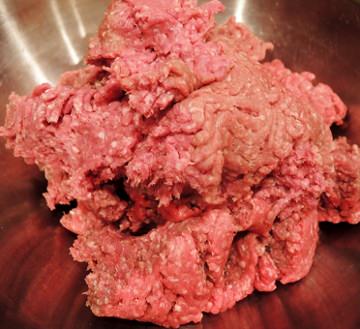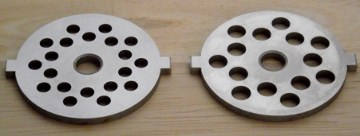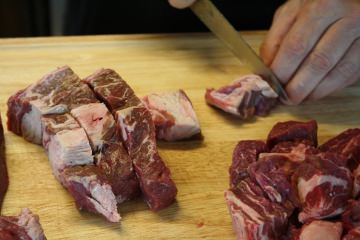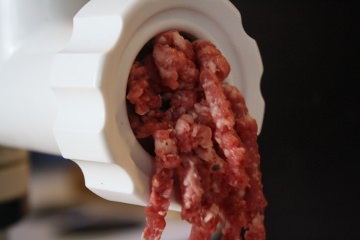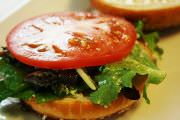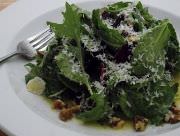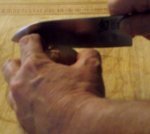Grinding Meat Like A Professional Chef
You'll notice I didn't say grinding meat like a butcher. Let me be clear about this, I have yet to meet a butcher that understands squat about grinding meat. That garbage they turn out isn't fit for dogfood.
Please don't get me wrong, I have no doubt that most butchers know infinitely more about butchering than I do. Hell, I've seen butchers break down whole animals in minutes. It would take me half an hour to figure out how to use the bandsaw.
The grocery stores are even worse. Most of them don't even grind the meat you buy. It comes in ground and wrapped. Do you know why the FDA recommends cooking ground meat, particularly beef, to 165° F / 74° C? Because modern slaughter practices are so abysmal that often the intestinal contents spill out onto the meat and then its ground into the meat when it goes through the grinder. E Coli, Yum!
That said, I've observed many butchers grinding meat and I've never met a butcher that grinds meat properly. I dont know if it's because they don't know, don't care, or figure you don't know. You know what, I don't give a damn what the reason is. I want my meat ground properly. So, I do it myself.
How To Grind Meat - Easy Ground Beef And Pork
The chuck roast is broken up into 1 inch by 1 inch / 2.5 cm by 2.5 cm cubes. This size fits nicely down my grinding tube.
Just about finished cutting the meat.
When I make burgers I salt the meat before I grind it. This works salt into the interior of the burger.
To salt or not to salt? Many people argue that salting meat before you cook it dries out the meat. According to Herve This, in Molecular Gastronomy, salting meat before you cook it has no noticeable effect, in terms of drying out the meat. It does have a noticeable effect on the flavor, however, and that is a good thing.
The grinder assembly is fresh out of the freezer. If you assemble the grinder before it goes into the freezer it is much less trouble than freezing the individual parts and assembling them when they are 0 degrees.
Just beginning the grind. You start grinding meat by dropping a few pieces of meat and fat into the chute. Use the pusher to gently move them into the grinding tube. Once the meat is moving through keep filling the chute, but don't overfill and force too much meat into the grinder.
If you look closely you can see the fat dispersed throughout the meat. It is still nicely held together without emulsifying into the meat. You want that.
Just finishing grinding meat. The meat is still looking really good and the fat is still nicely distributed.
That is beautiful ground beef. The meat is still vibrant red and the fat is dispersed throughout the meat with no emulsification.
When the meat cooks that solid fat is going to start melting and it is going to lubricate the interior of the meat, providing a moist burger, a pleasant mouthfeel, and faster satiety. That's the hallmark of a great burger. If the fat emulsifies into the meat this doesn't happen.
Emulsified ground beef is what you get from markets these days. Not pleasant. Not nice.
Emulsification as it applies to ground meat occurs when the fat is worked and warmed up. It begins to melt and pretty soon you have ground meat with grease spread throughout. When it cooks the outside is going to fry and the interior is going to be dryer than it would have been, if the fat didn't melt.
Have you ever seen a butcher grinding meat. The reason it comes out this way is they force meat through the grinder and through the fine grinding plate as though it were a race.
I understand that the industry processes millions of heads of cattle every year. Again, that is why I grind all my own meat. The USDA has a page with charts of slaughter statistics. It really puts it into perspective.
Key Points When Grinding Meat
There are several points to bear in mind when you are grinding meat.
Meat needs to be cut to the proper size for grinding.
The meat needs to be cold.
The equipment needs to be cold.
You need to use the correct speed, too slow and the meat and fat get overworked by the auger, too fast and the meat and fat heat up emulsifying the fat.
For finely ground meat you must grind it coarsely first, then grind it again pushing it through the fine plate. Make sure you let the meat rest in the freezer for a few minutes between the first and second grind.
The first thing you need to determine is what cut of meat to grind. If you're making pork sausage you probably want pork shoulder. If you're making burgers you probably want chuck, though some use sirloin. For meatloaf chuck is a good choice.
The desired outcome really determines the cut of meat. It also dictates the amount of fat. Burgers typically run to about 20 percent fat, while sausage is between 25 and 30 percent fat. Another good reason for grinding your own meat is that it can be challenging to find these ratios. The public perception that fat is bad has led stores to remove high fat content meat from the shelves and replace it with low or no fat choices instead.
Once you have the meat your next chore is to break it down and determine your fat content. Say your making pork sausage. You bring home a nice 4 pound / 2 kg pork shoulder. After removing the fat from the meat you have 3 1/2 pounds / 1-1/2 kg of meat and 1/2 pound / 225 grams of fat.
To get the fat content between 25 and 30 percent you are going to need to add some pork fat to it. Here is another good reason to work in grams, the smaller units allows a more accurate calculation of fat to meat. you're going to need between 1/4 pound / 113 grams and 1/2 pound / 225 grams of fat.
Now it's time to break the meat down to the correct size to fit into the grinder tube. You want to cut the meat into chunks that fit inside the tube while allowing you to push it through without no resistance.
Once the meat and fat is cut place it in a bowl and put the bowl in the freezer. Assemble the grinder housing so that all you need to do is attach it to the machine. Then place the grinder attachment in the freezer along with the meat. You aren't trying to freeze the meat you just want it cold and firm. It's also a good idea to place the bowl you are grinding into, in the freezer. That way as meat passes out of the grinder it hits a cold bowl.
To grind the meat begin dropping 1 or 2 pieces of meat and fat into the chute. Use the tamper to push them through, into the auger. As you continue to grind you'll develop a natural rhythm. Be certain to mix the fat into the meat as you grind, by alternating a few pieces of meat with a piece of fat.
If you are doing a second grind the meat needs to go back in the freezer along with the grinder assembly. Yes this is a pain in the butt. It is what butchers can't or won't do. It is also the reason my ground meat looks and tastes far superior to any ground meat they produce.
Regarding the speed of the grinder most dedicated meat grinders are set at the correct speed, by design. If on the other hand you use a grinder attachment then determining the speed is a matter of trial and error. As it turns out mixer motors turn at different rates, even among the same KitchenAid models.
Start at the second speed setting and look at the meat as it begins to come out. If it looks like it does in the picture then your good to go. If not, increase or decrease the speed until it does look like the picture.
Some people advocate chopping or grinding meat in a food processor. It can be done but you really need to know what you're looking for. I don't recommend it, especially if you have never ground your own meat. First use a grinder and become familiar with the result so that you know what to look for. Then give it try if you want.
When you are finished grinding the meat it should look like it does in the picture below.
By the way that is not a typo in the caption. I routinely use a grind ratio of 2 to 1, for burgers. That's why they are so yummy!
Tags: grinding meat, easy ground beef
